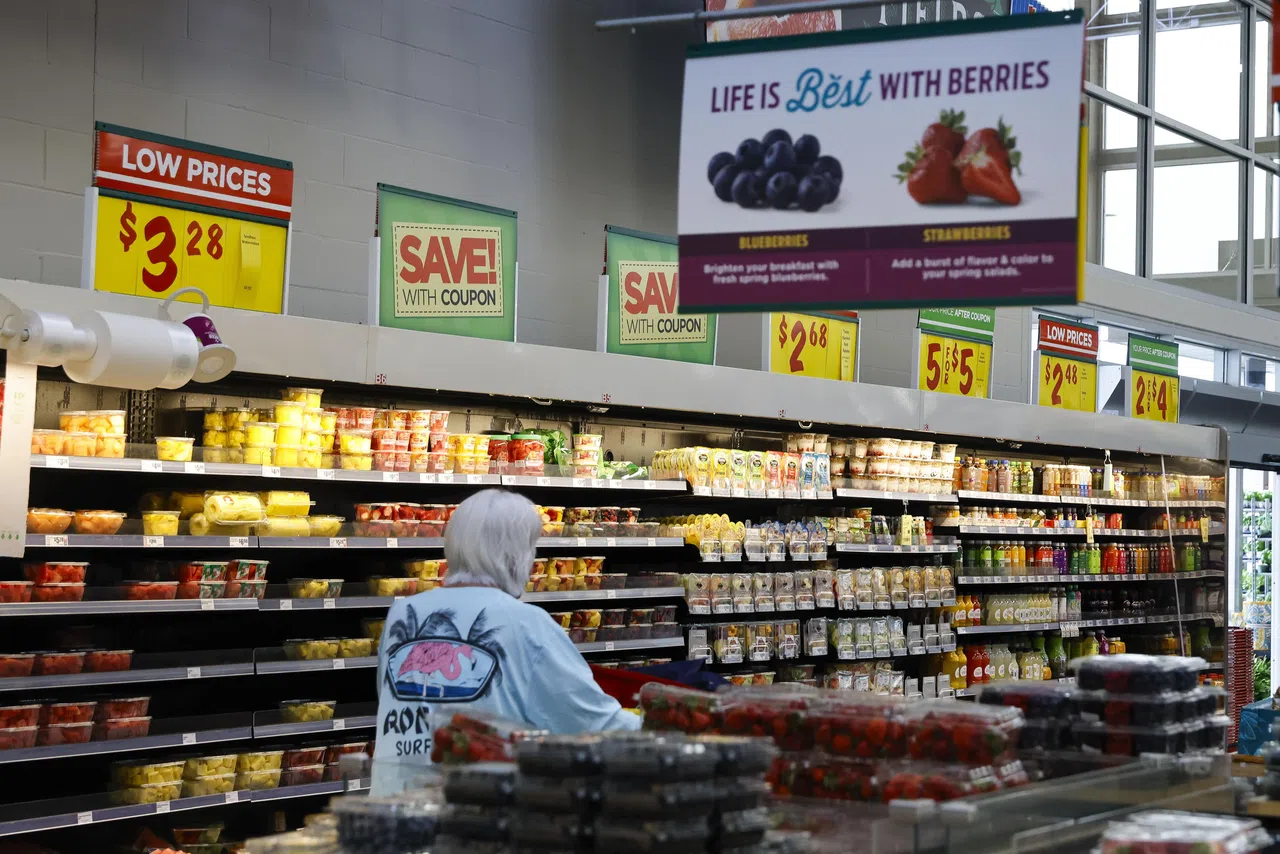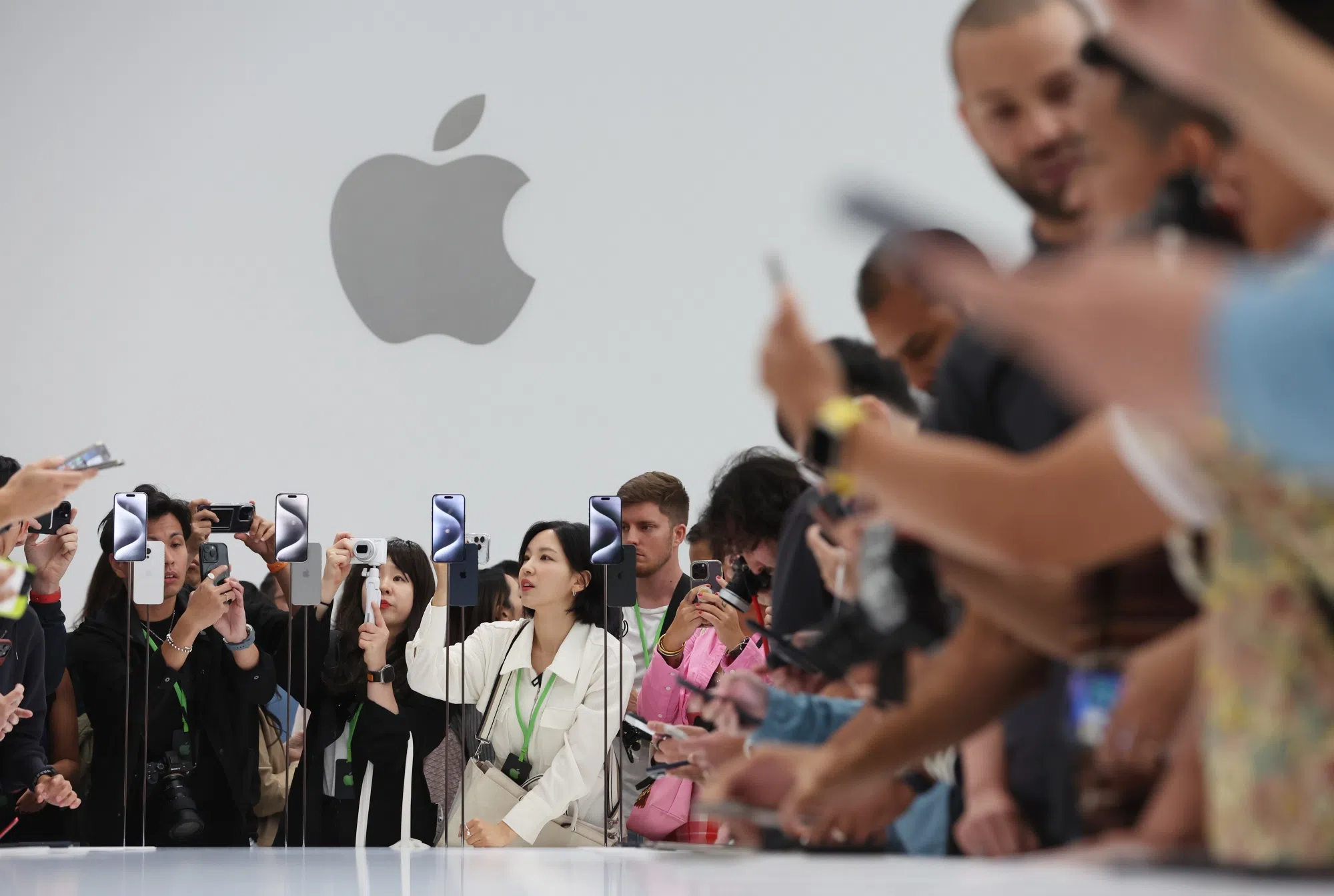Better than expected quarterly earnings have helped propel the S&P 500 to within a whisker of a record high Friday (May 10). But Wall Street and Washington are closely monitoring another worrying economic indicator: the struggling consumer.
The split-screen view of the economy is becoming clearer as earnings season draws to a close. Mass-market brands, like fast-food companies McDonald’s, KFC and Starbucks, have reported that a lot of customers are pulling back on spending as high inflation bites. But less price-sensitive sectors, such as airlines and hospitality, say customers are still booking flights, hotel rooms and tables at pricier restaurants.
The starkly different snapshots may explain why voters give President Joe Biden poor marks for economic management, even as jobs are plentiful and growth is resilient. This is “an economy of the haves and have-nots,” said Michael Reid, an economist for RBC Capital Markets. “The haves just have so much more spending power.”
What’s making “the haves” so flush: They tend to have little to no mortgage debt or car or student loans, and their stock-market-tied retirement accounts have accumulated healthy gains to finance vacations or nights out.
But the less-affluent are feeling the pinch. They’ve blown through their pandemic savings, and they’re racking up credit card and other loan debt. One area to watch: A surge in “buy now, pay later” programs may be masking America’s “phantom” consumer debt problem.
Company executives are increasingly warning about this cohort. On earnings calls this quarter, we’ve seen an uptick in the number of times chief executive officers (CEOs) and chief financial officers cite “low-income consumers” to explain why sales are slipping or why they give lackluster guidance on profit.
GET BT IN YOUR INBOX DAILY
Start and end each day with the latest news stories and analyses delivered straight to your inbox.
Here’s what they’re saying:
– John Peyton, CEO of Dine Brands Global, the parent of Applebee’s and IHOP restaurants, told analysts that lower-income consumers are “more aggressively managing their check, finding our value-oriented items.”
– Ramon Laguarta, PepsiCo’s CEO, was more blunt. “The lower-income consumer in the US is stretched,” he said, adding that this type of customer “is strategising a lot to make their budgets get to the end of the month.”
– Hal Lawton, CEO of Tractor Supply, the farming retailer, sees something similar: “In the first quarter, our upper-income consumer over-indexed in big ticket categories and recreational purchases compared to our lower-income consumer, who is prioritising their spend on needs.” NYT



